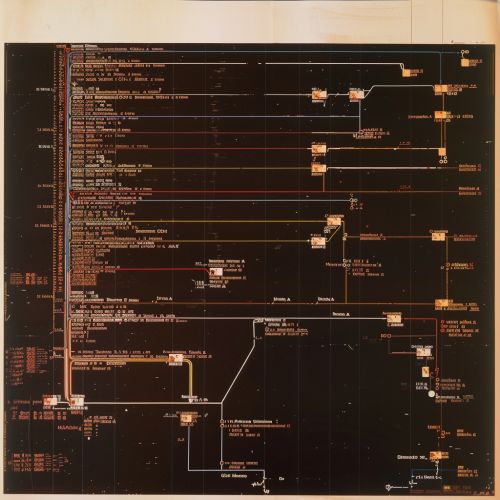Lisp (programming language)
History
Lisp, short for LISt Processing, is a programming language that was created in 1958 by John McCarthy at the Massachusetts Institute of Technology (MIT). It is the second-oldest high-level programming language that is still in widespread use today, only Fortran is older.


Lisp was initially created as a practical mathematical notation for computer programs, influenced by the notation of Alonzo Church's lambda calculus. It quickly became the favored programming language for artificial intelligence (AI) research. In fact, the language had been so consistent with the needs of AI that it was used in this field for several decades.
Design
Lisp is a functional and procedural language with a rich expression syntax. It uses a fully parenthesized prefix notation and treats code as data, allowing a powerful macro system that allows certain types of metaprogramming.
A key feature of Lisp is that data and programs are written in the same way, in other words, there is no syntax difference between Lisp data and Lisp code. This is known as "homoiconicity," a term coined by Douglas Hofstadter in his book Gödel, Escher, Bach: An Eternal Golden Braid.
Syntax and Semantics
Lisp's syntax and semantics are unique among programming languages. The syntax is simple, consistent, and easy to learn. The semantics are based on the lambda calculus, and are thus inherently functional.
Lisp code is made up of lists, represented by parentheses. A function call or syntactic form is written as a list with the function or operator's name first, and the arguments following. For example, a function to add two numbers might look like this: (add 5 3).
Implementations
There have been many implementations of Lisp, each with their own strengths and weaknesses. Some of the most notable include:
- Common Lisp: A multi-paradigm programming language that supports functional, procedural, and object-oriented programming. It is known for its flexibility and expressive syntax.
- Scheme: A minimalist dialect of Lisp that emphasizes functional programming and supports first-class continuations. It is widely used in academia and for scripting purposes.
- Clojure: A modern Lisp dialect that runs on the Java Virtual Machine (JVM). It emphasizes functional programming and provides easy access to Java libraries.
Influence
Lisp has had a profound influence on the world of programming. It introduced many features that were later adopted by other languages, such as garbage collection, dynamic typing, first-class functions, and the read-eval-print loop (REPL).
Many programming languages have been influenced by Lisp, including Python, Ruby, JavaScript, and Julia.
